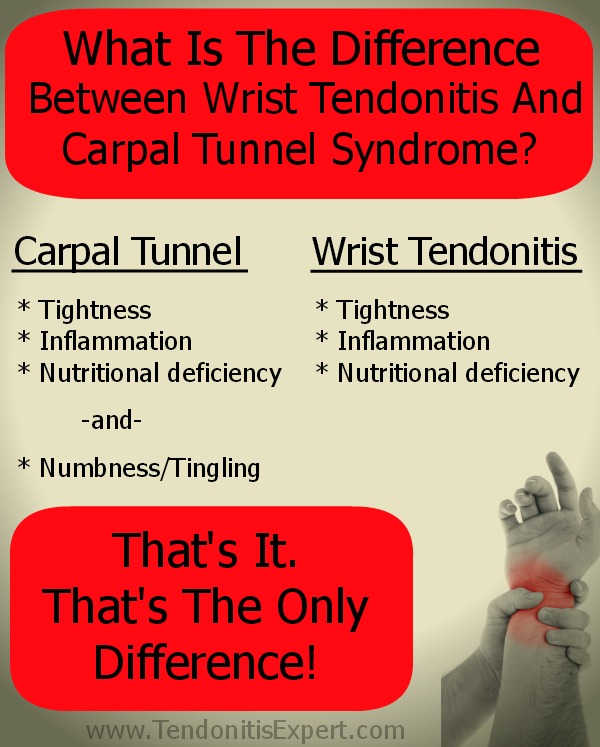Nonheriditary Myositis Ossificans
Nonhereditary myositis ossificans, or heterotopic ossification, is the physical dynamic of a deep bruise or hematoma calcifying and turning into bone.
Calcified hematomas mostly occur in the situation of an individual sustaining deep bruising and bleeding from a forceful blunt trauma.
This can be from something like a car accident, getting kicked while playing soccer, getting kicked by a horse, etc.
The blow can be to the meat of the muscle, and/or the periostium (the connective tissue wrapping around a bone).
Just imagine having a deep, painful (and usually big) bruise and then start to notice a hard, bony growth that you can feel in there!
What is Myositis Ossificans?
Myositis Ossificans is the development of a calcified, bony growth in a hematoma (bruising and bleeding in a muscle).
Technically, it means the growth of bone inside muscle.
Doctors and scientists have theories but don't know why this calcification inside a hematoma happens.
It makes sense that for some reason, when bleeding happens in a muscle, for some reason the body triggers bone growth.
So if you notice that you have a bony growth in a big bruise, you have Myositis Ossificans.
Be aware that Myositis Ossificans can be the result of a tumor. But if you get kicked by a horse, and then get a hard bone in the bruise, it's pretty safe to say it's kick related and not tumor related.
You'll likely be seeing your doctor anyway, and x-rays weeks apart will be taken to make sure you're tumor free but bone extra.
The formation of myositis ossificans is not the same as the progressive dynamic of tendonitis. However, the negative factors involved in the MO process can cause and irritate a tendonitis dynamic.
Make sure you understand how tendonitis works. See: What Is Tendonitis?
How Do You Prevent
Myositis Ossificans?
To prevent months of being bruised and the negative side effects of a deep hematoma that eventually starts to calcifyy, you have to work at it.
Specifically, preventing myositis ossificans is REALLY preventing the FORMATION of calcified tissue (bone-like) inside the muscle tissue.
Now, assuming that you don't have major blood vessel damage and internal bleeding that is beyond the scope of 'really bad bruising' that most people get, the damaged blood vessels that cause the bruising will seal up pretty quickly.
The body is very good at coagulating and stopping blood loss. When it can, it does. When it can't, you die.
How do you get rid of bruises, even deep bruises, and stop the formation of calcification?
You Ice.
A lot.
A lot lot.
More than you are going to want to.
If it's in your calf, get a 5 gallon bucket full of ice, frozen water bottles, and water. And dip your lower leg for 10-20 seconds.
Repeatedly. As much as you can. 50+ times a day.
If it's in your glutes, or thighs, or arms or chest, use as big an ice pack as you can to cover the most amount of area.
5 minutes on. 5 minutes off. 5 on, 5 off. 5 on, 5 off. As much as you can.
You will want to do this for at least 4-5 days. The more time and effort you invest, the faster your bruising will go away.
The faster your bruising goes away, the less chance of getting Myositis Osificans.
Fair warning, it may take a couple days of intense icing to even notice the bruising start to diminish.
But if you don't do it, you are going to be bruised for a long, long time, and might even end up with a lump of bone in your muscle.
If you're an athlete, that's probably not a very good idea.
Myositis Ossificans is something to be avoided. Just imagine
getting kicked again in the same spot, but this time with a chunk of
bone in there.
Or imagine going for a run, your muscles squeezing and contracting repeatedly around that chunk of bone. That's a problem.
While that bone can be surgically removed, the bone often grows back. Doctors won't even consider removing in the first 12 months.
Avoid Myositis Ossificans by reducing the bruising and swelling, and thereby reducing the possibility of the bone formation.
How Do You Get Rid Of
Myositis Ossificans?
How do you get rid of a calcified bruise?
If you're lucky, it will reabsorb before it becomes permanent.
If you're smart, you'll work hard to clear out the bruising -before- any bone growth gets triggered.
If you increase circulation enough you can get all the blood that is causing swelling and discoloration out of the area MUCH faster than if you wait for time to naturally take care of it.
I think that a lot of the reason that calcification happens is that all the extra blood is sitting there, trapped. For whatever reason, the body triggers bone formation due to that, and targeted to the stuck blood.
Get the blood out, no bone formation.
The impact itself isn't likely to trigger bone growth. While it is possible that the periostium is bruised and that releases some sort of chemical/hormone from the bone to the surrounding tissue, I still believe that if you get the bruising out, the bone won't be able to form.
Return to the top of this Myositis Ossificans page.
Go to the main Tendonitis page.
Go to the TendonitisExpert.com homepage.
